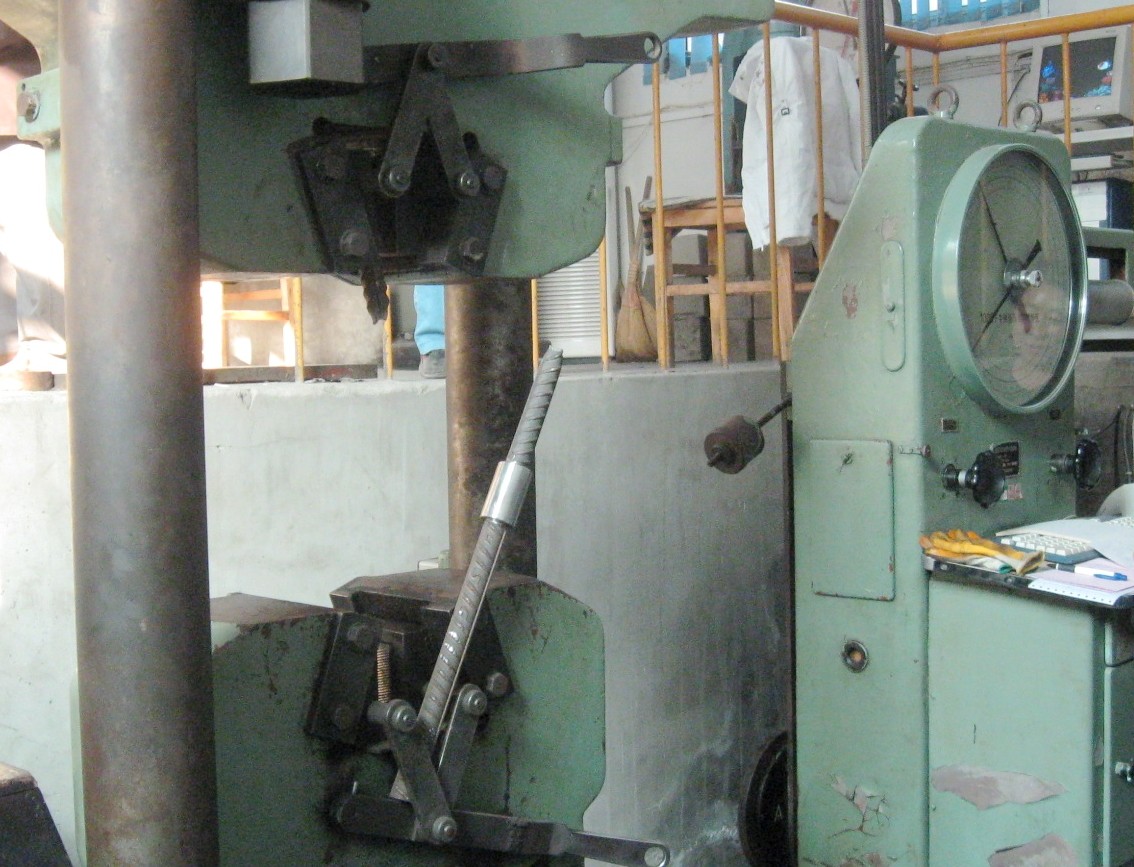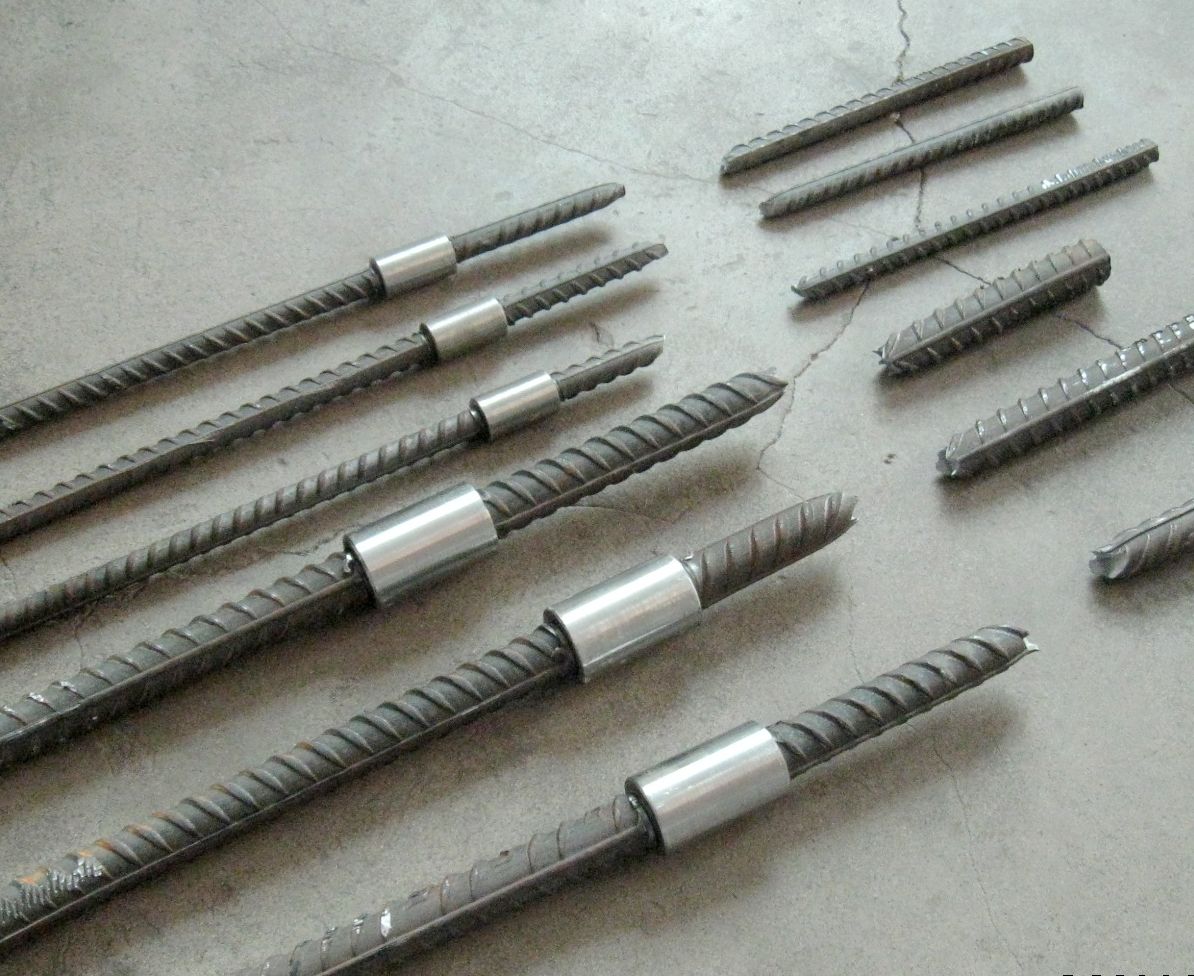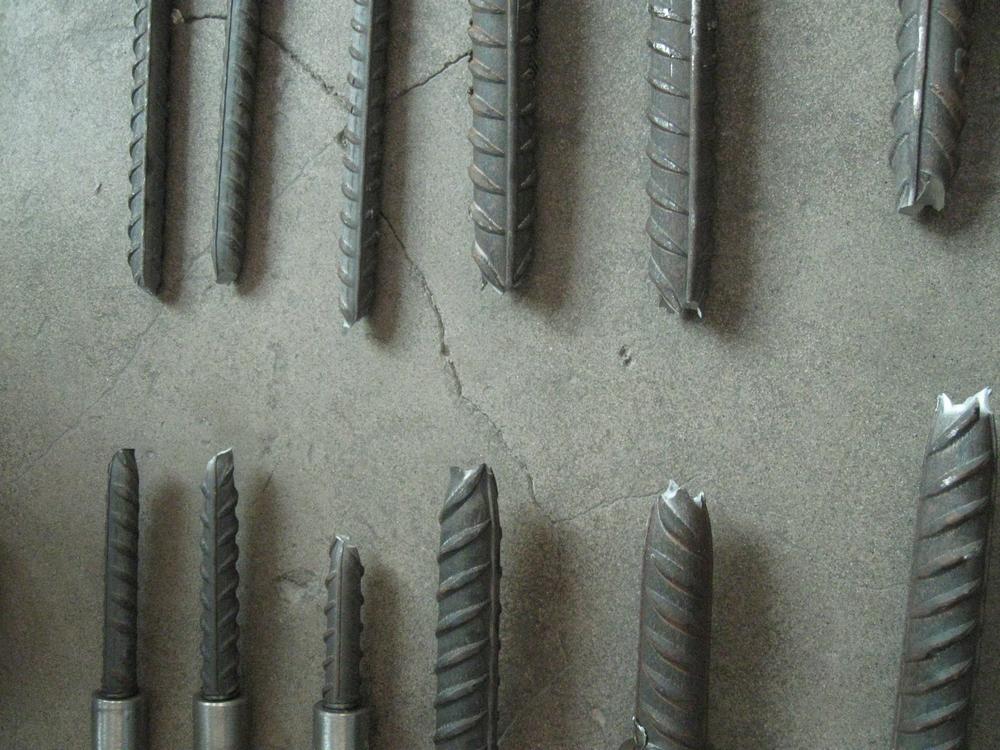This undoubtedly increases the production cost of component companies and affects their delivery speed and quality. Frequent change orders are exposed to the lack of production management in the OEM, but this responsibility has been borne by the parts companies.
The component industry cluster effect is obvious
According to the research of Hongrui Xinsi, there are 103 major parts and components industrial parks in China. From the perspective of layout, most of these industrial parks are located in the eastern coastal areas, with Jiangsu, Hebei, Zhejiang and Fujian. Among them, there are 13 parts and components industrial parks in Jiangsu Province, ranking first in the country. Except for the five western cities in Gansu, Qinghai, Ningxia, Xinjiang and Tibet, there are no large-scale parts and industrial parks, and the rest of the provinces and cities are distributed. In terms of business types, there are tens of thousands of parts and components companies in these parks, covering all aspects of the automotive industry chain. It can be said that the size of the cluster has been considerable. In addition, when building these industrial parks, the government has fully considered factors such as proximity and cluster advantages. The supporting relationships and complementary resources within the park have been initially reflected. For example, the Tiexi Industrial Park in Liaoning is mainly a large-scale tire enterprise, while the sputum is led by a filter, which in turn drives the rise of related industries. Although most of the individual enterprises in China's parts and components industrial parks belong to small and medium-sized enterprises, the scale is not large, but some parks have a high market share and show strong cluster advantages.
Independent parts and components enterprises are severely squeezed by foreign capital
Up to now, 70% of the top 100 auto parts suppliers in the world have come to China to conduct business, and there are more than 1,200 foreign-funded enterprises producing auto parts in mainland China.
In 2006, the sales revenue of the national auto parts enterprises was 403.5 billion yuan, of which foreign-funded (controlled or wholly-owned) parts accounted for most of the market share, and domestically produced parts only accounted for 20%-25%. Since the implementation of the “Administrative Measures on the Import of Auto Parts constituting the characteristics of complete vehicles†in April 2005, the enthusiasm of foreign-invested parts companies for investment in China has suddenly increased. According to statistics, there were more than 90 foreign-invested parts and components companies that signed new contracts in China, and the agreed investment amount reached 4 billion US dollars, 3.2 times that of 2004. Among them, there are many multinational giants such as Delphi, Nippon Denso, Sumitomo, American Dana, French Valeo, and Japan Fujitsu Electronics. After two years, this boom has not yet retreated.
Regional economic data analysis
Industry concentration is high, and the top ten provinces in terms of output value account for 80% of the total market. According to statistics, in 2008, the top ten provinces and cities in terms of cumulative output value were Zhejiang Province, Jiangsu Province, Guangdong Province, Shanghai, Shandong Province, Hubei Province, Jilin Province, Tianjin City, Chongqing City, and Henan Province. The total output value in the first ten months accounted for 76.74% of the country. Eight of the ten provinces are located in the eastern coastal areas, while the western region only relies on Changan Automobile to drive the output value of parts in Chongqing to the top ten. This shows that the cluster of China's parts industry has taken shape.
Hongrui Xinsi suggested: “Partial development plan†for parts industry
As far as the entire auto parts industry is concerned, 90% of the market share and manufacturing capacity of China's independent parts and components enterprises are concentrated in low-end parts and components, while only 10% of enterprises are taking high-end routes and producing high technical content. The parts and components are the 10% high-end, and most of them are also joint ventures with foreign parties. If this trend is allowed to continue, China's component companies will be completely squeezed into the low-end range, and there will never be a possibility of development.
According to the research of Beijing Hongrui Xinsi, the development of the parts industry is taking the path of “segmented development planningâ€, and perhaps there is still hope. Of course, the implementation of this plan requires the cooperation of all parties and needs to be long. For a while, but it can make the parts and components companies really grow up, and the price is worth it.
First of all, for 10% of high-end products, you can choose to gradually abandon the joint venture, and at the same time invest the funds and manpower extracted from the joint venture into the establishment of research institutions and university laboratories, and truly begin the road of research and development.
Previous page   Next page
40Cr Material Rebar Coupler is one type of coupler made by raw material 40Cr steel. The strength can reach the tensile test of HRB335, HRB400 and HRB500 and equivalent rebar.
Rebar parallel thread splicing coupler is applied to rebar mechanical splicing for concrete construction projects, and it mainly connect HRB335, HRB400 and HRB500 hot rolled ribbed bars with diameter 12-50mm.
The strength of material 40Cr is stronger than 45C, so if customer need to connect hard rebar, we'll suggest the coupler with material 40Cr Rebar Coupler.
We have test report with 40Cr material rebar coupler, the Rebar Coupler Joint performance has reached JGJ107-2010 standard for the Grade I splicing rebar joint.



40Cr Material Rebar Coupler
40Cr Material Rebar Coupler,Reinforcing Bar Splicing Coupler,Mechanical Rebar Coupler,Steel Screw Rebar Coupler
BAODING JINDI MACHINERY CO., LTD , http://www.rebarconnector.com